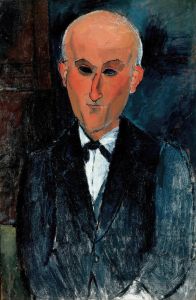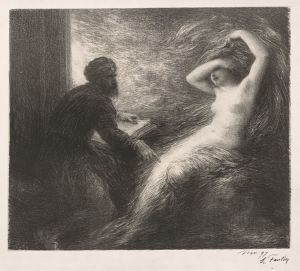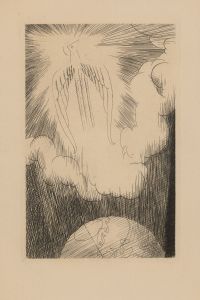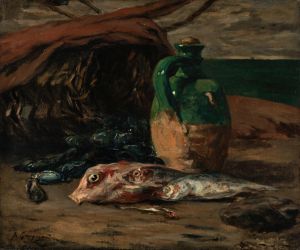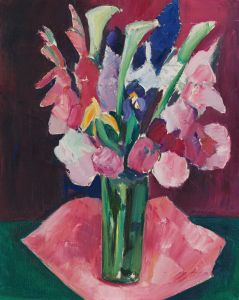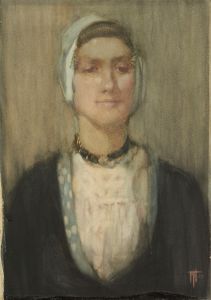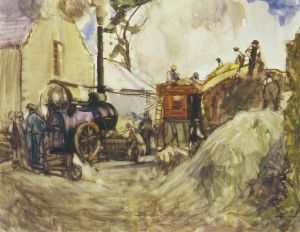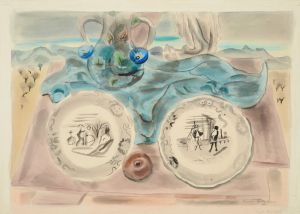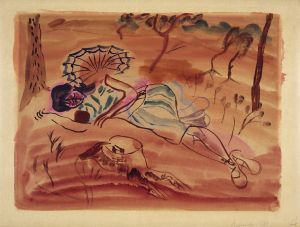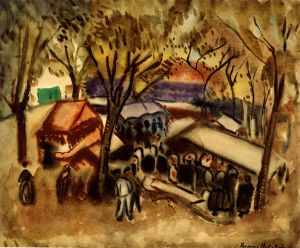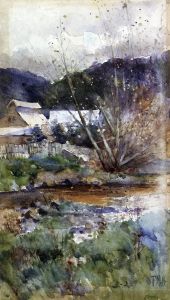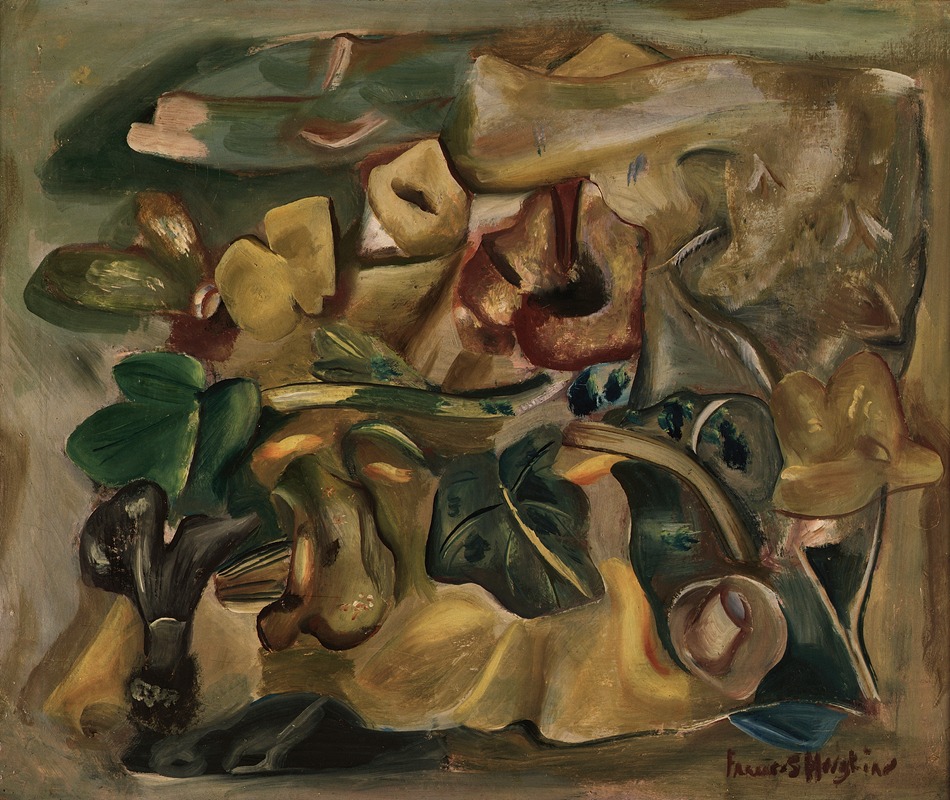
Still life
A hand-painted replica of Frances Hodgkins’s masterpiece Still life, meticulously crafted by professional artists to capture the true essence of the original. Each piece is created with museum-quality canvas and rare mineral pigments, carefully painted by experienced artists with delicate brushstrokes and rich, layered colors to perfectly recreate the texture of the original artwork. Unlike machine-printed reproductions, this hand-painted version brings the painting to life, infused with the artist’s emotions and skill in every stroke. Whether for personal collection or home decoration, it instantly elevates the artistic atmosphere of any space.
Frances Hodgkins was a prominent New Zealand-born artist known for her contributions to modernist painting. She was born on April 28, 1869, in Dunedin, New Zealand, and became one of the leading figures in British modernism during the early to mid-20th century. Her work is celebrated for its vibrant use of color and innovative compositions, often blending elements of still life, landscape, and portraiture.
"Still Life" by Frances Hodgkins is one of her many works that exemplify her unique approach to the still life genre. While specific details about a particular painting titled "Still Life" by Hodgkins are not readily available, her general style and thematic interests can be discussed based on her broader body of work.
Hodgkins' still life paintings often feature everyday objects arranged in dynamic compositions. She had a distinctive ability to infuse these objects with a sense of life and movement, transforming ordinary scenes into vibrant explorations of color and form. Her approach to still life was influenced by her exposure to various art movements during her time in Europe, including Impressionism, Fauvism, and Cubism. These influences are evident in her bold use of color and her tendency to flatten space, creating a more abstract representation of her subjects.
Throughout her career, Hodgkins traveled extensively, living and working in various parts of Europe, including France and England. This exposure to different cultures and artistic communities enriched her work and allowed her to experiment with different styles and techniques. Her still life paintings often reflect this eclectic mix of influences, showcasing her ability to adapt and innovate within the genre.
Hodgkins was also known for her ability to capture the essence of her subjects with minimal detail, often using loose brushwork and a vibrant palette to convey mood and atmosphere. Her still life compositions frequently include flowers, fruits, and everyday objects, arranged in a way that emphasizes their formal qualities rather than their literal representation. This approach aligns with the modernist emphasis on abstraction and the exploration of the intrinsic qualities of color and form.
In addition to her still life paintings, Hodgkins was also renowned for her landscapes and portraits, which further demonstrate her versatility and skill as an artist. Her work gained significant recognition during her lifetime, and she exhibited alongside other prominent artists of her time, including members of the Camden Town Group and the Seven and Five Society.
Frances Hodgkins' contribution to modernist art, particularly in the realm of still life, remains influential. Her innovative use of color and form, combined with her ability to imbue everyday objects with a sense of vitality, continues to be celebrated by art historians and enthusiasts alike. While specific details about a painting titled "Still Life" by Hodgkins may not be extensively documented, her overall impact on the genre and her legacy as a pioneering modernist artist are well-established.





